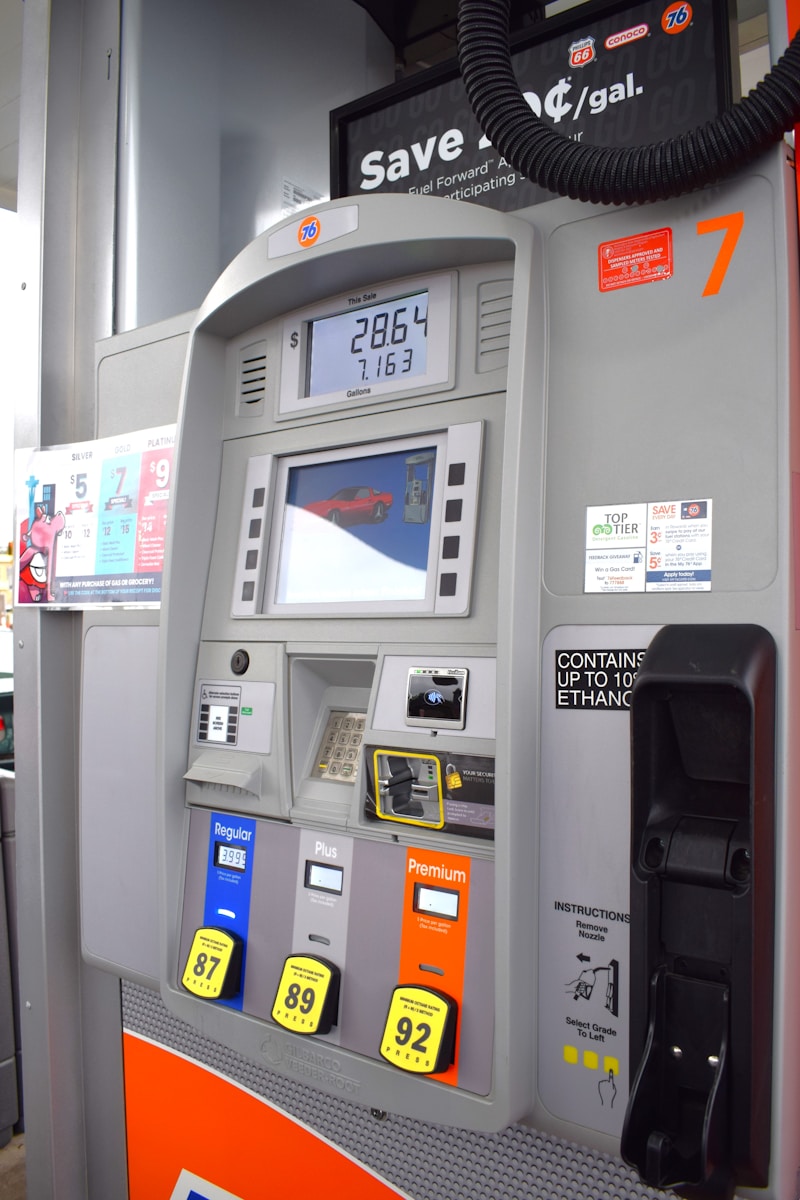
Competition or Regulation: The Parmenides Fallacy
By
Branko Terzic
The Parmenides Fallacy “compares present states of affairs not with each other (the worlds that would be actual today if we had acted differently in the past) but with the past” according to Professor Phillip Bobbitt of Columbia University writing in Terror and Consent: The Wars for the Twenty-First Century (Knopf, New York 2008). Professor Bobbitt cited Parmenides on the issue of how to deal with whether the US is worse off today than before it invaded Iraq. The Parmenides Fallacy is also the argument frequently heard in state capitols when the discussion turns to whether previously introduced electric industry restructuring legislation was successful or not. Therein lies the problem.
It’s easy, when discussing electric restructuring in the US today to forget the conditions existing in the late 1980’s and early 1990’s when restructuring was introduced in many states. It was those conditions and circumstances which led to legislative decisions to introduce wholesale or retail competition as a matter of state policy. The decision to restructure the electric power industry in a state was based on local factual circumstances and some commonly held beliefs. The factual circumstances are easier to review in retrospect.
The restructure decision was also frequently mischaracterized as “deregulation.” It was not. The restructuring required the then vertically integrated electric utilities to sell their power plants to unaffiliated or independent entities. The new power pant owners would then sell electricity at wholesale, either in electric power markets or by bilateral contracts both sales under the jurisdiction of the Federal Energy Regulatory Commission (FERC) under the Federal Power Act of 1920. The so-called “deregulation” was in fact a transfer of regulation of these power plants to the FERC.
The basic situation was that, in some regions, electric production costs were lower in competitive markets than under rate regulation. The facts were unique to the location and times. The causes were also unique. The prior period of the 1980’s saw double digit inflation; double digit interest rates and massive cost over runs from nuclear construction as well as higher costs for 1,000 MW central station coal fueled power plants. In sum, cost of power production was headed up and neither regulators nor legislators were much pleased (and not to forget the consumers.)
It was a countertrend, however, which created the restructuring opportunity. This was lower electricity production costs from new, highly efficient, and modular aero-derivative gas turbines- available for base load generation - fueled by lower priced and plentiful natural gas (due to congress’ decontrol of natural gas pricing). The gas turbines had been around before but strictly for peaking units which ran only a few hours each year. The risk of running gas turbines 24/7 year-round was one many power executives were not willing to take. Independent power developers however were willing to take on the risk particularly when one major electric utility switched plans from a nuclear power plant to a bank of jet engines for baseload generation. This new development meant that, in many states, new power generation based on gas turbines was cheaper than the depreciated original cost of the existing fleet of base load coal and nuclear units in regulated rate base. The two factors to repeat were 1) the higher efficient technology of gas turbines especially combine cycle units and 2) the new lower price of natural gas.
Thus, business and industry (and even some consumer groups) clamored for access to this new lower cost generation now available in the wholesale market. A third of the states responded to these calls for access to market-based power with restructuring legislation.
Moving ahead a decade later and natural gas prices, as well as all other fuel prices, have headed up from lows of below $2 per MCF for gas in the mid-1990’s to the $10 level in 2008. At the end of the supply chain, consumers saw their electricity bills rise in most regulated markets too as the higher gas costs were passed along through market or regulatory mechanisms.
Consumers in states with an imposed “rate freeze”, as a transition mechanism, did not see increases in prices during that period. However, upon expiration of the freeze, those prices also needed to move to levels commensurate with legitimate current costs. In opposition to these cost increases in electricity production the Parmenides Fallacy argument started being invoked.
As used by politicians the Parmenides Fallacy argument went something like this “I voted for deregulation ten years ago and now rates are higher than they were then, so deregulation was a failure.” The correct response, of course, is that the test is not whether rates are lower or higher today than they were ten years ago. The test should be whether rates today, under restructuring, are higher or lower than they would be today had the state retained cost of service regulation for electricity production.

The answer to “Are we are better off today under restructuring?”, unfortunately, is not available in published form for immediate inspection. To determine whether things are “better or worse” today, in terms of electricity prices to consumers, would require an estimate of the likely results of two decades of ensuing cost of service regulation. Some years ago, the FERC addressed this issue under pressure from states which felt that the results of FERC regulated wholesale markets were rates higher that would have been approved under regulation using the “just and reasonable” standard. Competing economic studies showing opposite results were submitted into evidence. The FERC chose the studies showing benefits of competition in FERC regulated wholesale markets as compared to continued state regulation.
Someone may bring up the subject again. Just saying.
The Honorable Branko Terzic is a former Commissioner on the U.S. Federal Energy Regulatory Commission and State of Wisconsin Public Service Commission, in addition he served as Chairman of the United Nations Economic Commission for Europe ( UNECE) Ad Hoc Group of Experts on Cleaner Electricity. He hold a BS Engineering and honorary Doctor of Sciences in Engineering (h.c.) both from the University of Wisconsin- Milwaukee.
#BrankoTerzic #energy #regulations #experience #research #future #opportunity #strategy #management #people #electricity #power #utilities #future #renewables #RenewableEnergy #energysector #oilandgas #powergeneration #energyindustry #oilandgasindustry #sustainability

